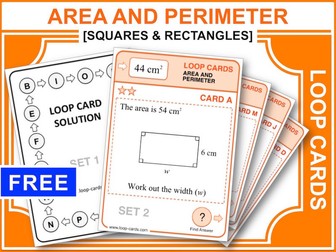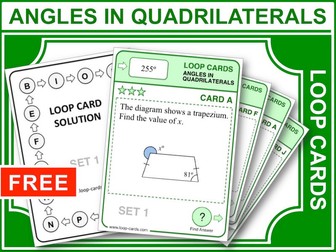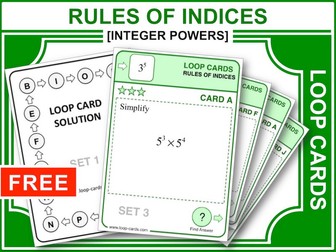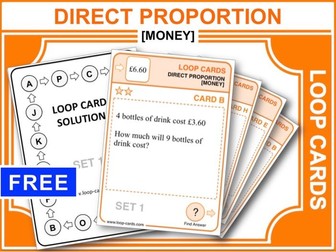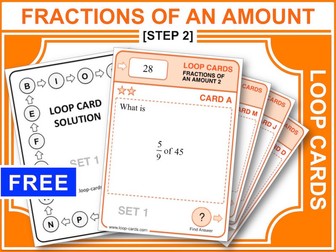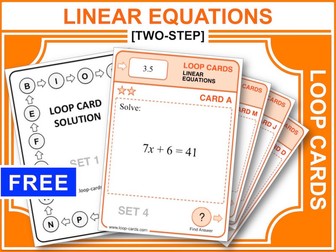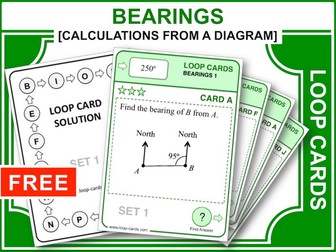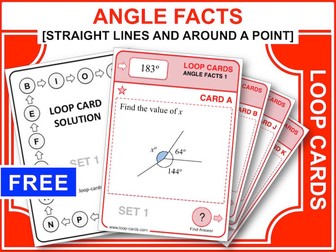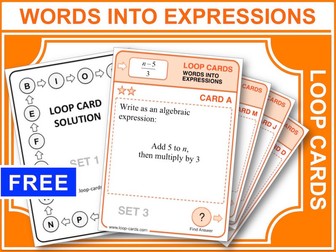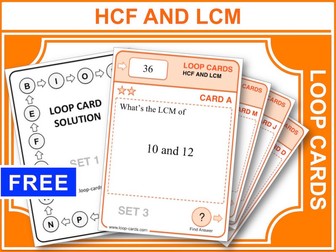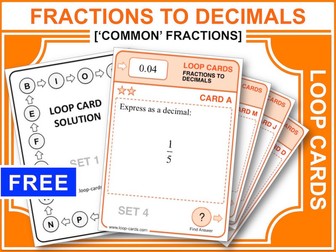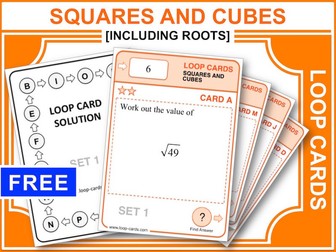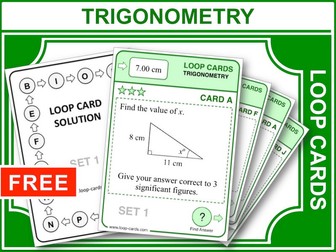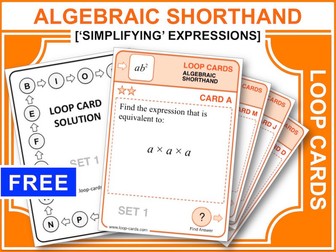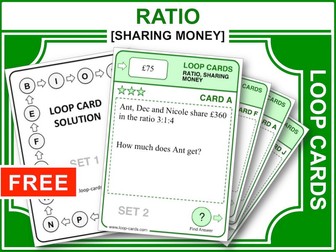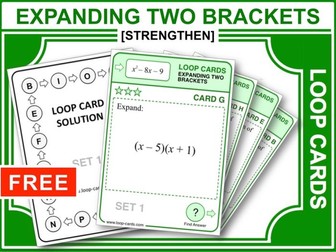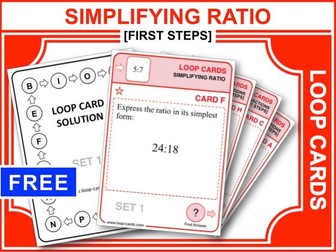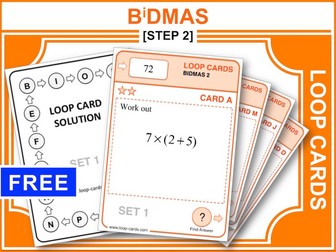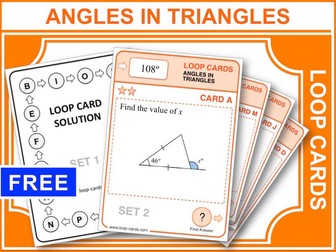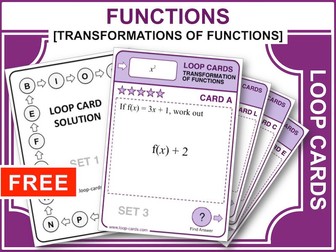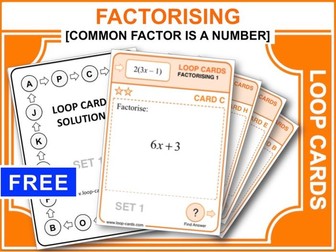
Area and Perimeter (Loop Cards)
These reusable cards are excellent for one-to-one tutorials and interventions. They are also great when working with small groups or as a starter/plenary for a whole class. For Loop Cards on more than 50 other topics click 👉 www.tes.com/../more....
This particular set of cards allows students to practise calculating area, perimeters and unknown lengths of rectangles.
Note that the questions have been carefully selected so that they provide good coverage of this topic and so that the opportunities for students to guess answers are minimised.
Colour coding:
All my loop cards are colour-coded to indicate the approximate level of the questions:
KS2 – red and orange
KS3/GCSE Foundation – orange and green
GCSE Higher – green, blue and purple
Further information:
In this download there are four sets of similar cards and a student chooses one of the sets and sorts them into order by answering the questions. Then they try to do it faster using a different set, which has the same questions, but a different sort order 😃
My favourite use of loop cards is for two students to have different versions of the cards and race each other. They then check their answers, shuffle, swap packs and race again (quickest overall time wins). More instructions are included in the download.
Cut out card size is approx. 65 x 90 mm.
👍If you like this resource, then please rate it and/or leave a comment💬.
If the rate-resource button on this page doesn’t work, then go to your ratings page by clicking 👉 https://tes.com/.../rate-resources…
